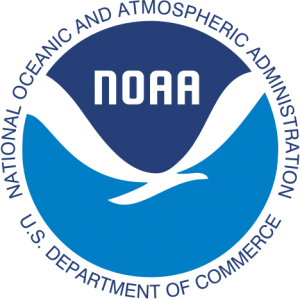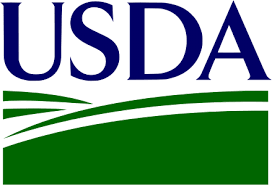
For any interested in learning more about clean water best-practices, Kenneth Vigil, PE, LEED AP is an excellent resource. With his easy-to-read book, Clean Water: An Introduction to Water Quality and Water Pollution Control (Amazon), Vigil details elements and approaches which are a part of the process of securing and maintaining an environment that promotes and maintains clean water.
Vigil is vice president and Northwest Environmental Hydrology leader at ESA, and directs a team toward science-based solutions in watershed management and restoration. Their aim is to provide a comprehensive, integrated approach to complex water and natural resource projects, where input from several disciplines is essential.



